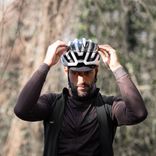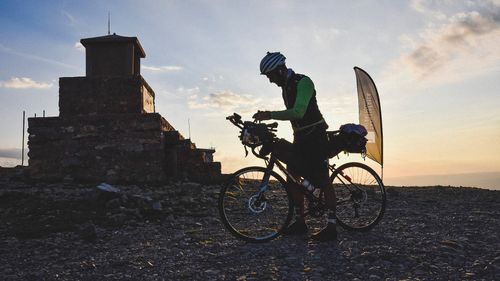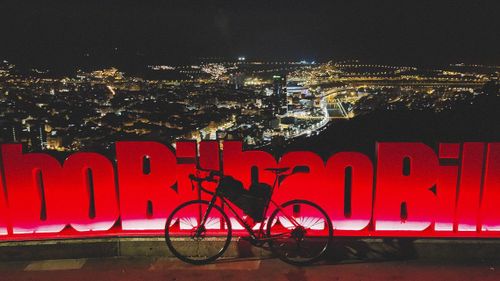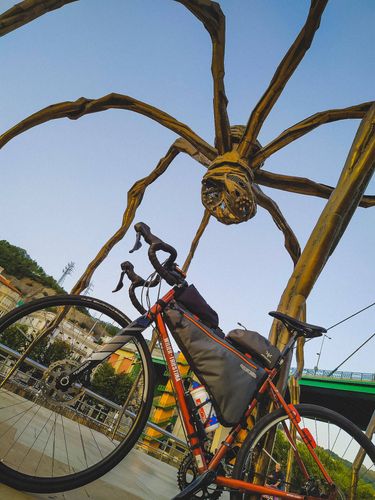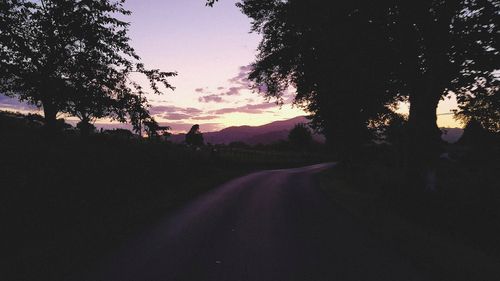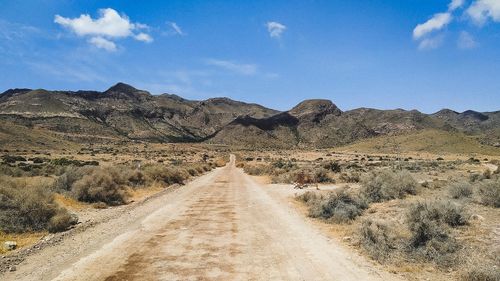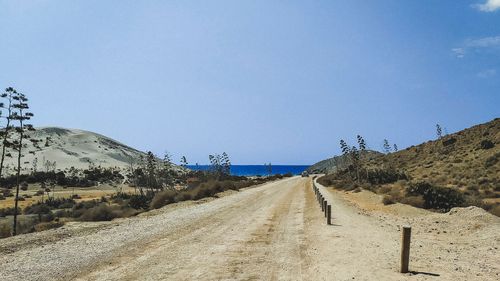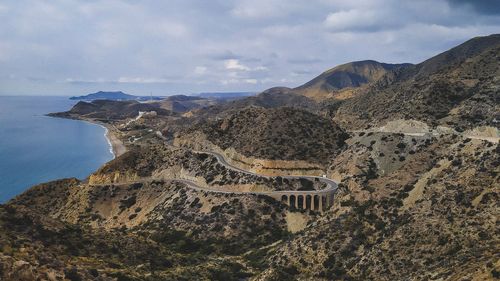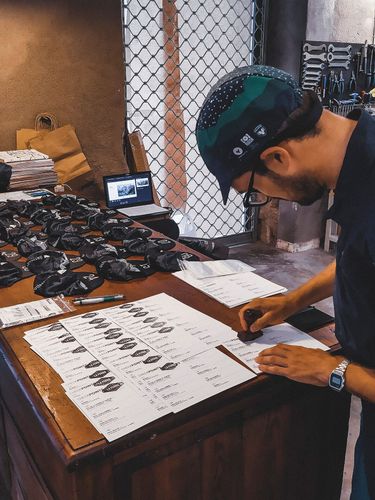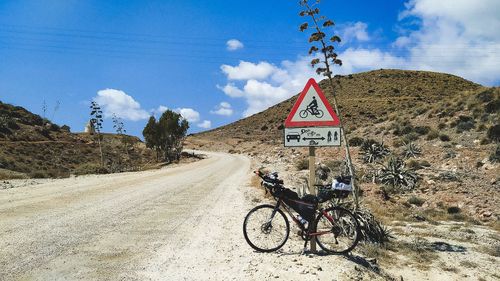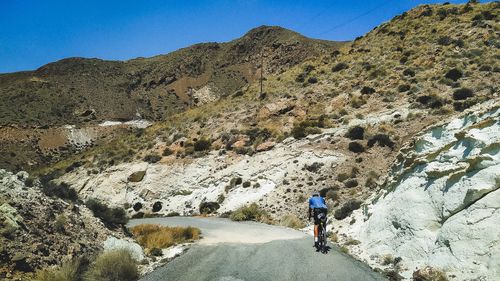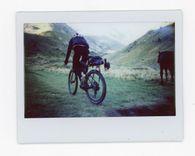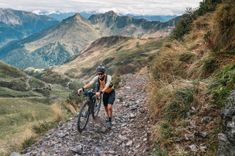It's been nearly two years since my race experience in the Iberian peninsula. What an amazing journey! It's still one of the clearest memories I have of a bikepacking race. I wrote this story in Italian, my mother tongue, during the lockdown in 2020. I finally felt like translating it and give new light to these nice memories. So here it is...enjoy it!
I don't know exactly if the love I feel for cycling is the result of the sensations I felt between the places I have traveled or if on the contrary, it is the bicycle that makes me fully appreciate the travels and adventures that I undertake more and more often. Surely there is a kind of synergy between the two, also seasoned with a pinch of the "law of attraction". More and more often I happen to want a trip so much that in the immediate future I will find myself pedaling along the very roads I had fantasized about only a few months before. Imagining a specific destination that I know nothing about, feeling the lack of having never visited a particular region or simply finding inspiration from some stories, images or films: these are the sparks that ignite in me the desire to travel and go along with me until I am close to departure.
This also happened in September 2019 during the Transibérica Ultracycling Race, one of the most important unsupported bikepacking events between the borders of the Iberian Peninsula.
In detail, the 2019 edition of Transibérica developed into a free choice route of about 3500 kilometers interspersed with mandatory checkpoints provided by the race organization. It consisted of 8 checkpoints, scattered throughout the peninsula, better identifiable as areas of historical, natural or cultural interest. The precise coordinates given to us competitors designated the Guggenheim Museum in Bilbao, in the Basque Country region in the north of Spain, as the starting and ending point. A marvelous deconstructivist architectural frame made of titanium, crystal and stone in stark contrast to what would have been the rest of the race which would have seen us cross the most isolated areas of the French Pyrenees, Spain and Portugal.

Departure and arrival: Bilbao (province of Biscay, autonomous community of the Basque Country)
Bilbao is an incredible city, full of art and culture, attractions and entertainment possibilities of all kinds, but nevertheless it remains a country on a human scale. It develops along the Nervión river which cuts it in half dividing the old town, which is the most residential and folkloristic part, and the new town, where we find the Guggenheim museum and other institutional structures.
It is from here that the second edition of the Transibérica Ultracycling Race started, in an evening characterized by the typical Basque drizzle, the “txirimiri”. About twenty daring participants and I left with no little delay following the car of Carlos Mazòn, race director, who escorted us to the city limits. The colour from the traffic lights reflected on the wet asphalt, mingling with the lights of the street lamps and the cars, thinning out as you continued east from kilometer to kilometer. After almost half an hour and immersed in the darkness of the Basque suburbs, together with Ulrich, a German competitor, I broke away from the group and gave vent to the desire to throw myself headlong into this incredible Iberian adventure.

CP1: Col de la Pierre Saint-Martin (Pyrénées Atlantiques, France; Navarre, Spain)
Soundtrack:
Bing & Ruth - Tomorrow Was the Golden Age
Lost in Kiev - Nuit Noire
After a couple of hours on the pedals the rain finally stopped bothering me and gave way to a rather pleasant wind that helped the drying of clothes. I only saw the road and the intermittence of the rear light of some other competitors, perceiving however the proximity to the sea thanks to the very distinguishable scents of salt and maritime pines. Suddenly the moon came out from behind the now thinned clouds: the beach was so close that I could see the white foam of the shore. It was the promenade that precedes Saint-Jean-de-Luz, in fact, further ahead, the lights of the small French town were getting closer and closer. I passed over and a few kilometers further on, cold and suddenly tired, I entered an indoor ATM realizing how functional it was to rest. So it was that I allowed myself a "power nap" at the counter of the Banque Populaire in Saint-Pée-sur-Nivelle. I was close to approaching the area of the high Pyrenees, the one that would take me to the first checkpoint, Col de la Pierre Saint-Martin.
Col de la Pierre Saint-Martin is a mountain pass on the border between France and Spain. Its 1766 meters of altitude are punctuated by wonderful and equally detestable information signs which indicate the altitude and average slope of the kilometer that is about to be covered. In any case, an enchanting place that is very reminiscent of Italian pre-alpine climbs both for the surrounding environment and for the often challenging slopes. I left behind Arette, the last village where you can top up before tackling the climb that accompanied me for the next 25 kilometers, with about 1400 meters of elevation gain. The difference between the French side and the Spanish side was so stark that it seemed to me that I had traveled two hundred kilometers when it was about a dozen as the crow flies. From the green and wooded hairpin bends I then came to the classic Mediterranean scenery with light gray rocks and shrubs.
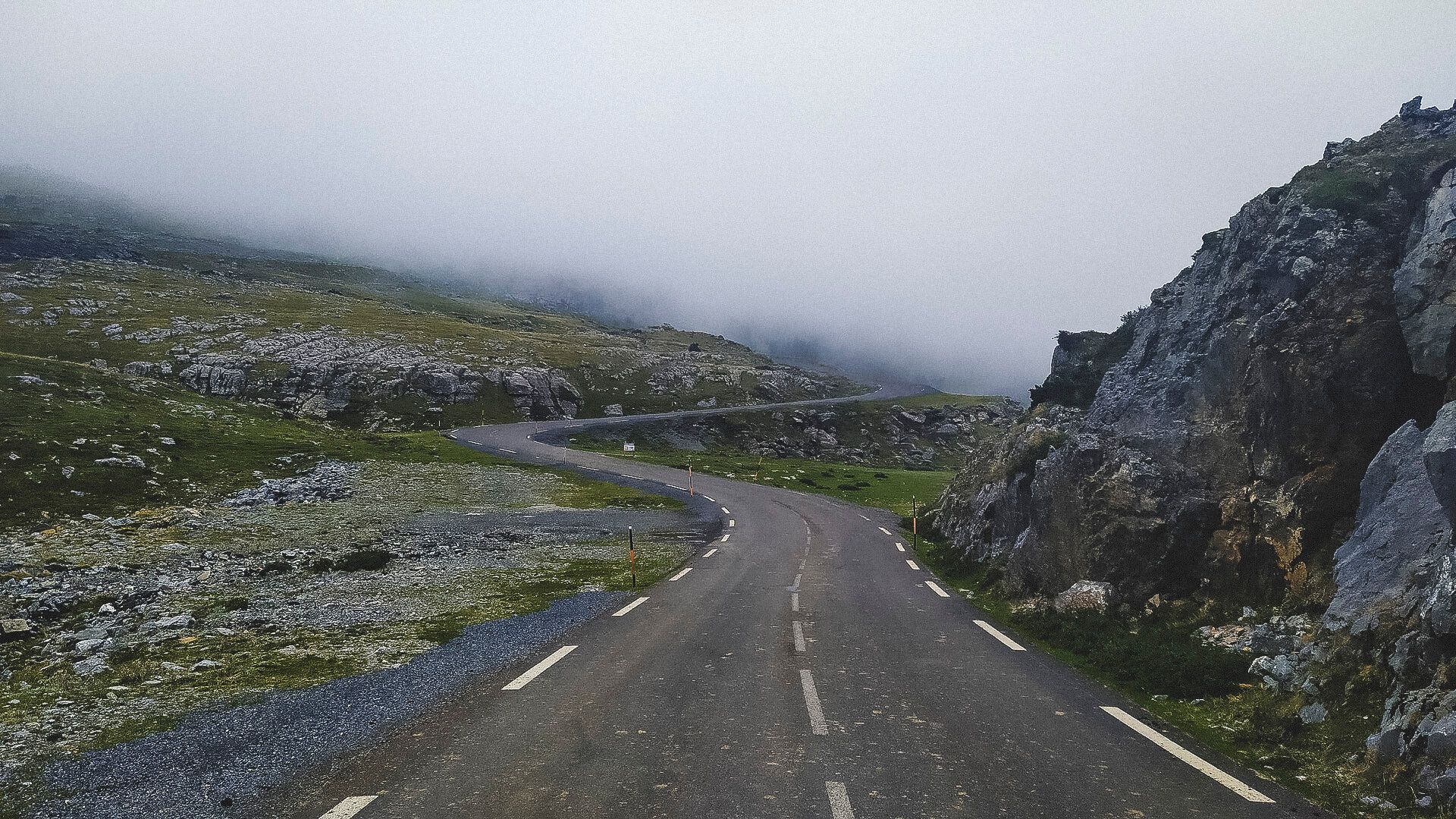
CP2: Pico de Javalambre (comarca Gúdar-Javalambre, Aragon, Spain)
Soundtrack:
Shigeto - Full Circle
Linkin Park - Hybrid Theory
A smooth descent with a favorable wind took me to the mouth of a narrow and very suggestive valley that developed along the Río Esca. Riding through small villages I reached the crossroads with one of the main roads, the one that connects Pamplona to Huesca. I continued under the scorching sun of an afternoon that seemed to last indefinitely, a sensation also due to the slight slope that characterized the road that turned towards the next canyon, the one carved by the Río Gàllego. I took the scenic road that crosses the Hoya de Huesca area in Aragon, skirting the Mallos de Riglos, a set of rocky conformations with incredible geological characteristics. It was almost sunset but I felt the desire to continue pedaling, enjoying one of those moments of travel that remained indelible in my memories.
The idea of arriving in Zaragoza by the next morning began to occur to me. The wind, at times favorable and at times lateral, was starting to annoy me and therefore I decided to stop in a village to eat something and rest. It was definitely not the right area but in my head that village was exactly like the village where the film “Volver” by Almodóvar was filmed.
It was a rather troubled night where I tried to sleep with the sleeping bag but despite the search for sheltered places the strong wind was the master, freezing me every time and forcing me to leave after a while at each stop. At the third stop within a few tens of kilometers I opted for an Ibercaja bank in Villanueva de Gállego. I arrived in Zaragoza a few minutes before 6:30 am. Almost instinctively, I stopped my bike as I crossed the Puente de Piedra overlooking the Río Ebro. The sight of the Basílica de Nuestra Señora del Pilar, illuminated by yellowish beams of light, struck me so much that afterwards I allowed myself a few minutes to relax on the immense square in front the church. I walked through the city savoring the slight buzz of a country that wakes up early in the morning of any weekday, "quite common image" I thought, but certainly seen from my perspective it was a very intimate photograph of what a country conveys at sunrise. Café solo, a couple of churros and a few hundred other calories swallowed on the fly before leaving for the second checkpoint, the Pico de Javalambre.
About this second day I admit that I do not remember particular scenarios except some typical villages and a "camino rural" (white road) taken almost by mistake. I stopped in Teruel, the capital of the province of the same name, making a small refueling before entering the Sierra de Javalambre. This mountain range, 29 km long, is part of an area that is called by the local inhabitants "the Spanish Lapland" due to the low population density similar to that of Lapland. From Teruel, the marvelous climb towards the Pico located at 2020 meters, extends from the north-west for about 35 kilometers, gaining more than 1200 meters of altitude. The territory is constantly changing, passing from the driest areas located at the foot of the Sierra to the streams of the undergrowth that are above 1200 meters, up to the lunar landscape of the Estación de Esquí of Javalambre. At the checkpoint I found Carlos and Javi waiting for me for some photos and the stamping of the notebook, I exchanged a few words with them enjoying the sunset before continuing towards a long night ride.
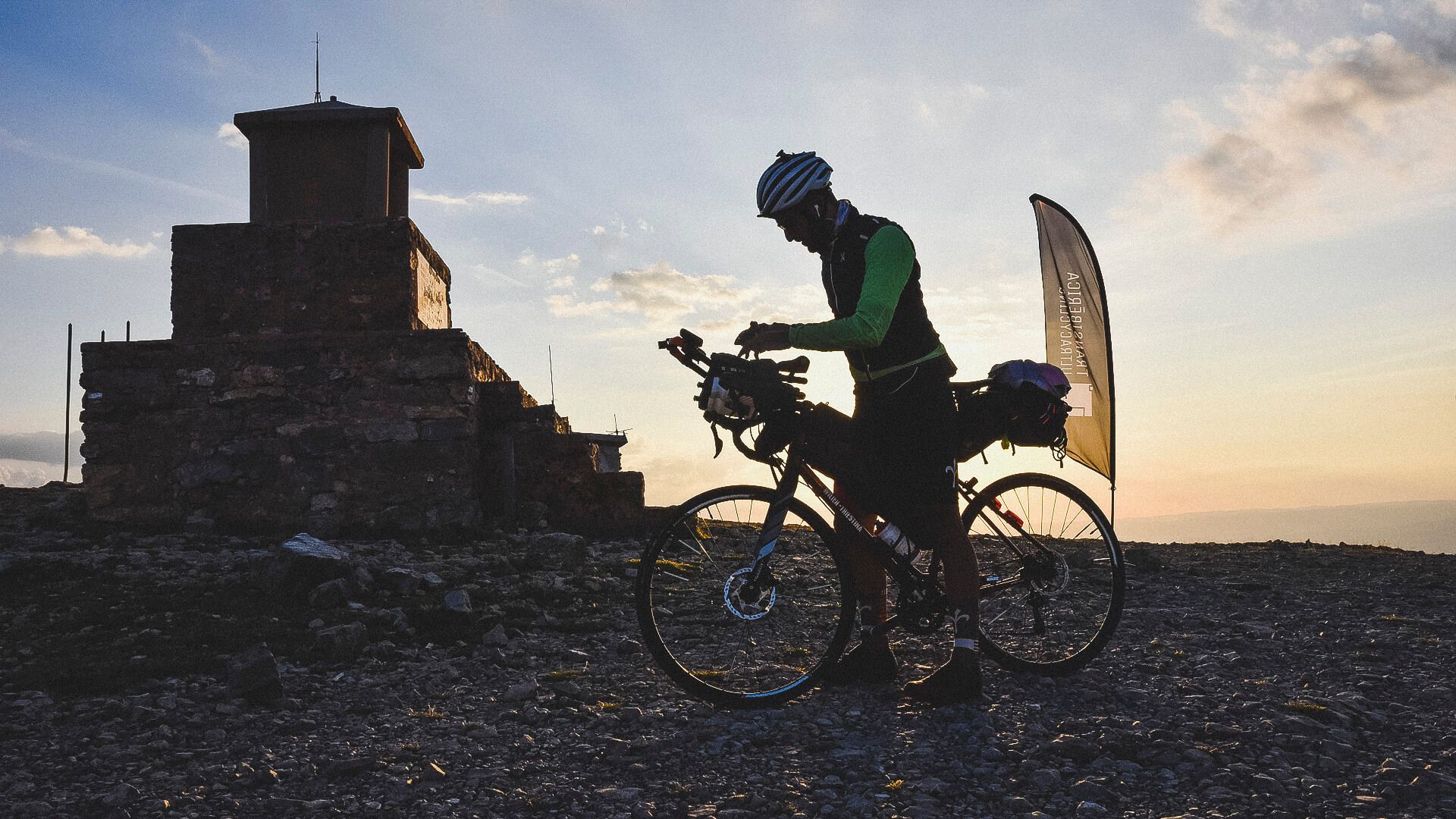
CP3: Cabo de Gata-Níjar (Níjar, Almería, Spain)
Soundtrack:
Wanderwelle - Lost In A Sea Of Trees
Balmorhea - All is Wild, All is Silent
I remember that for hours I traveled immersed in the dark following only the beam of light that my headlamp emitted, probably surrounded by what is the classic scenario of a mountain valley. I was convinced that even that night would be spent improvising, at that moment all I needed was a shower and a few hours of rest. Shortly after midnight and almost by magic, I saw in the nowhere of Graja de Campalbo, a municipal swimming pool with outdoor showers. Driven by the desire to wash away the hardships of the day, I climbed over the fence and took advantage of the luxurious occasion. About ten kilometers later I found shelter at the Liberbank counter in Talayuelas, consolidating a strategy that was as anarchic as it was successful.
The third morning on the pedals was mostly characterized by rather dull country roads, I fondly remember a gas station that offered a more varied choice of pornographic DVDs than groceries. I completely satisfied the need to eat something substantial only later, at Mrs Carmen's Horno tradicional in Los Pedrones. I remember the mountain road before the descent that leads to the Cofrentes Nuclear Power Plant and the feast of food purchased at the Ayora minimarket.

In the direction of Murcia and with the sun blazing, I continued pedaling even in the early afternoon until I reached Yecla for a couple of chicken burgers purchased from a well-known fast food chain. It was in Yecla that, due to fatigue and distraction, I made an unpleasant fall that cost me a punctured wheel and a good bruise on my shoulder. A passer-by while I was repairing the wheel asked me with curiosity: "esta pinchado?" and I, with a vein of despair, replied: “yeah, it's a bit of a hassle!”. Eventually after about twenty minutes I was able to leave despite the aching shoulder and the scorching sun, pedaling for another couple of hours before taking another short break at Mahoya's “el Peque” bar. Of that bar I remember that the clearly distinguishable stuffy mixed with a stench of alcohol, sweat and card games made me smile. I also remember that from there I started another habit: buying a strawberry popsicle and a lime popsicle and eating them together to combine the flavors!
Going through the center of Murcia was not exactly the shortest way to continue the journey but I thought that after all, allowing myself a detour of a few kilometers was worthwhile especially to be able to savor the city climate of the capital for a few minutes. I left only after a couple of empanadas tasted in front of the Catedral de Santa María, when the sun was about to disappear on the horizon and the lights of the few street lamps in the Murcian suburbs were slowly lighting up. As I continued I started realizing that the area I was in was very different from the previous days, the traffic and people did not seem to decrease despite the late hour indeed, after midnight in the inhabited center of Totana there were more people than in the other villages during the day. I realized that it would be better to look for a structure to rest for a few hours. Luckily I found a hotel with a 24-hour reception just a few hundred meters away.
A few hours later I got back into the saddle and headed for the Comunidad Autónoma de Andalucía where the third checkpoint on the Parque Natural del Cabo de Gata-Níjar was waiting for me.
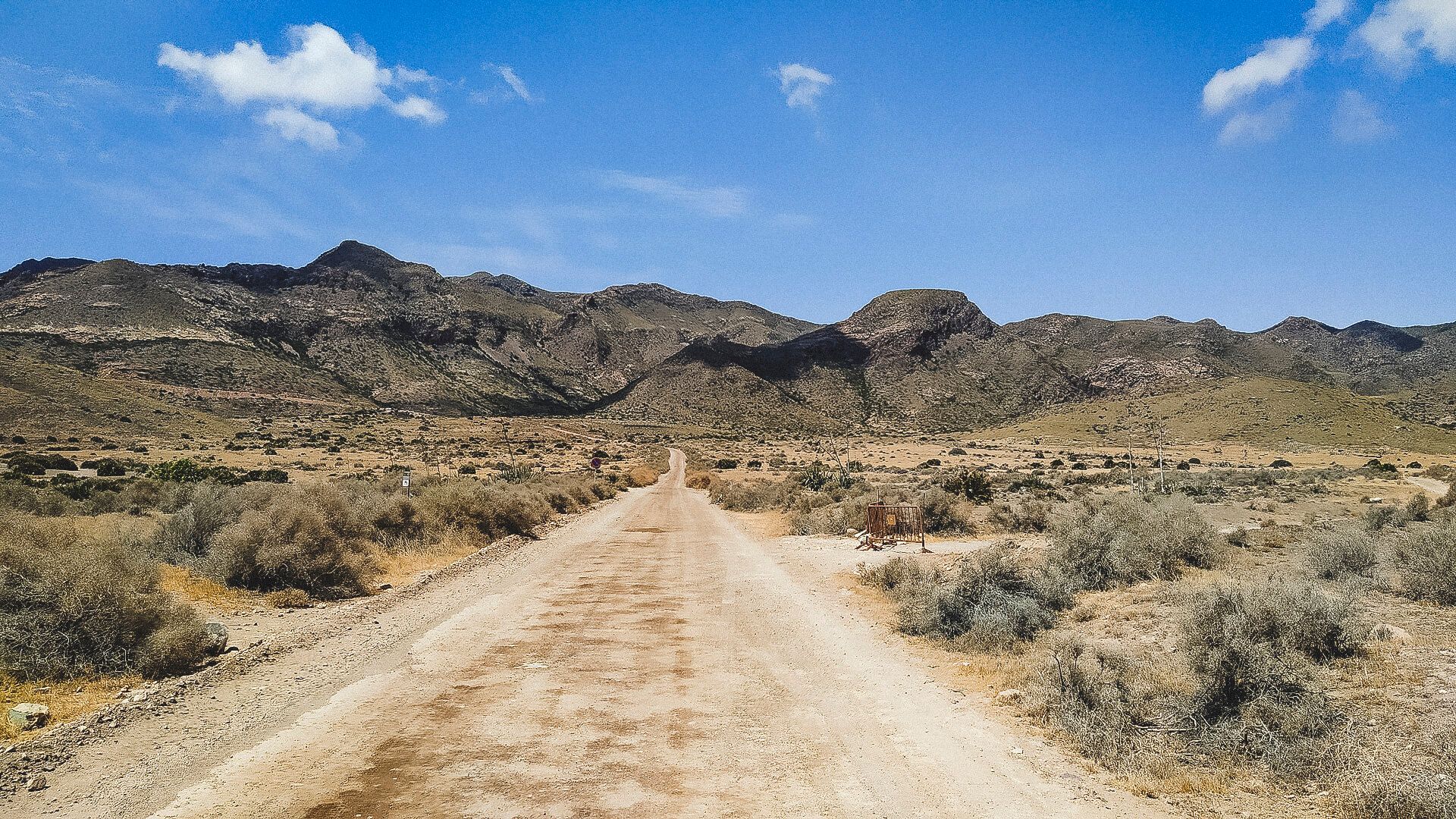
Moving west I noticed that the days were getting shorter in fact the sun was rising quite late, around 7.30 am. The morning was rather cloudy and although the area was very fascinating, I was unable to fully appreciate what Andalusia was offering me so far. The meeting with a lively middle-aged cyclist excited me thanks to the opportunity to exchange a few words and to travel the following kilometers with some company. He followed me to the breathtaking Mirador de Granatilla which offered a spectacular view of Playa El Algarrobico. From there I went down to Carboneras for the last real pit stop before entering the Desierto de Tabernas where the Cabo de Gata natural park is located.
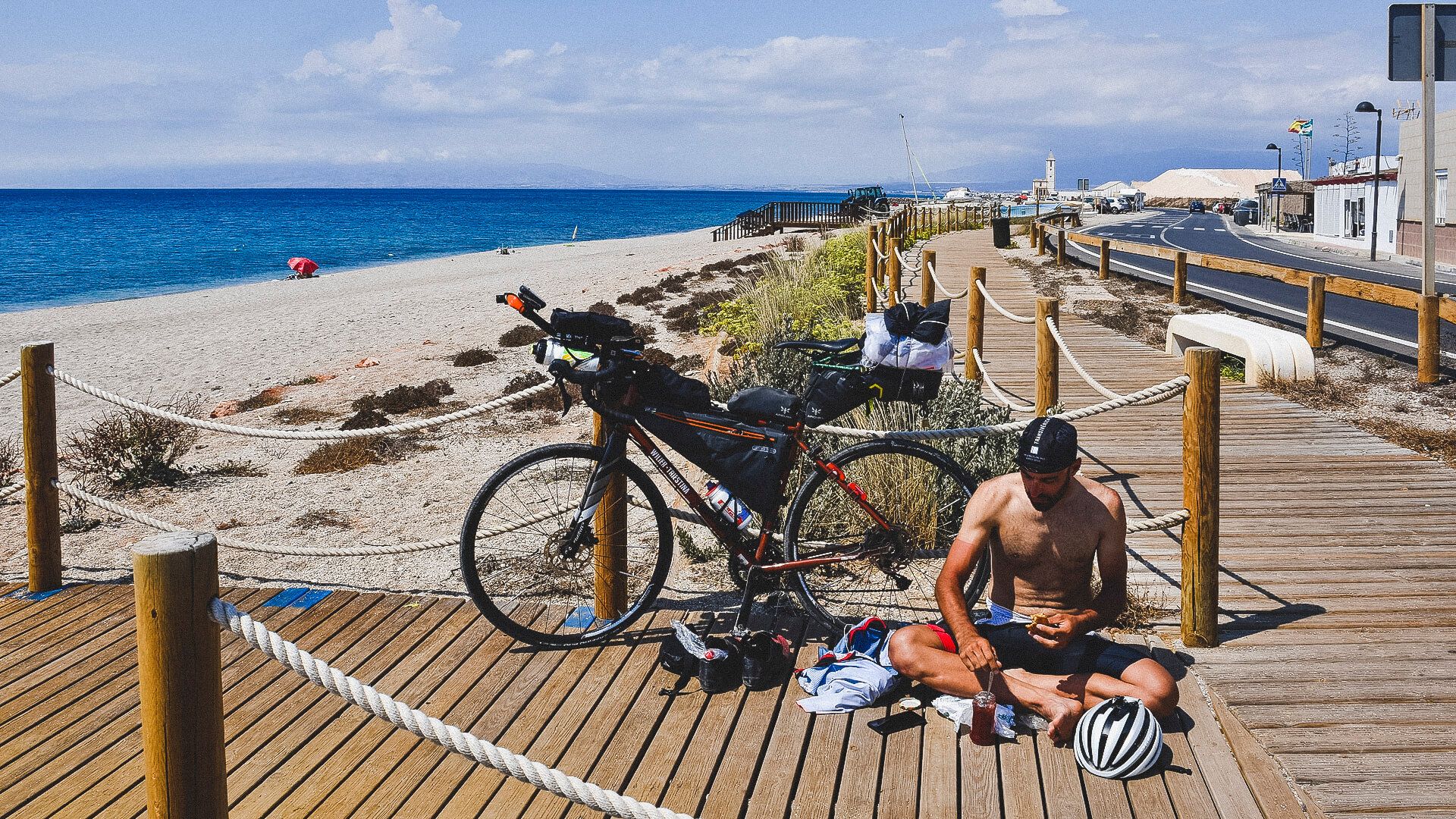
The route included a first asphalted part that extended up to the small tourist town of San José. From that point on, you entered the nature reserve finding a mixture of red earth and gravel. I cannot deny that in the whole area the heat was suffocating, but on the other hand the peace, silence and breathtaking scenery made me forget the fatigue. I decided to reward my daily success by taking a dip in the crystalline waters of Playa del Corralete, then calculating to find a shower and refreshment on the promenade that runs along the Salinas of Cabo de Gata. I was surprised and photographed by Carlos just as I was eating empanadas de pollo and jam, a pairing that was then copied by all the Michelin starred chefs in Spain.
Immediately after I stopped at the nearest petrol station where I found Sami, a Finnish competitor, who on seeing me began by confessing: “I've already bought all the sandwiches, don't hate me!”. Not a problem, after socializing with Carlos and Sami I was loaded with carbohydrates and sugars, café solo and then I left.
